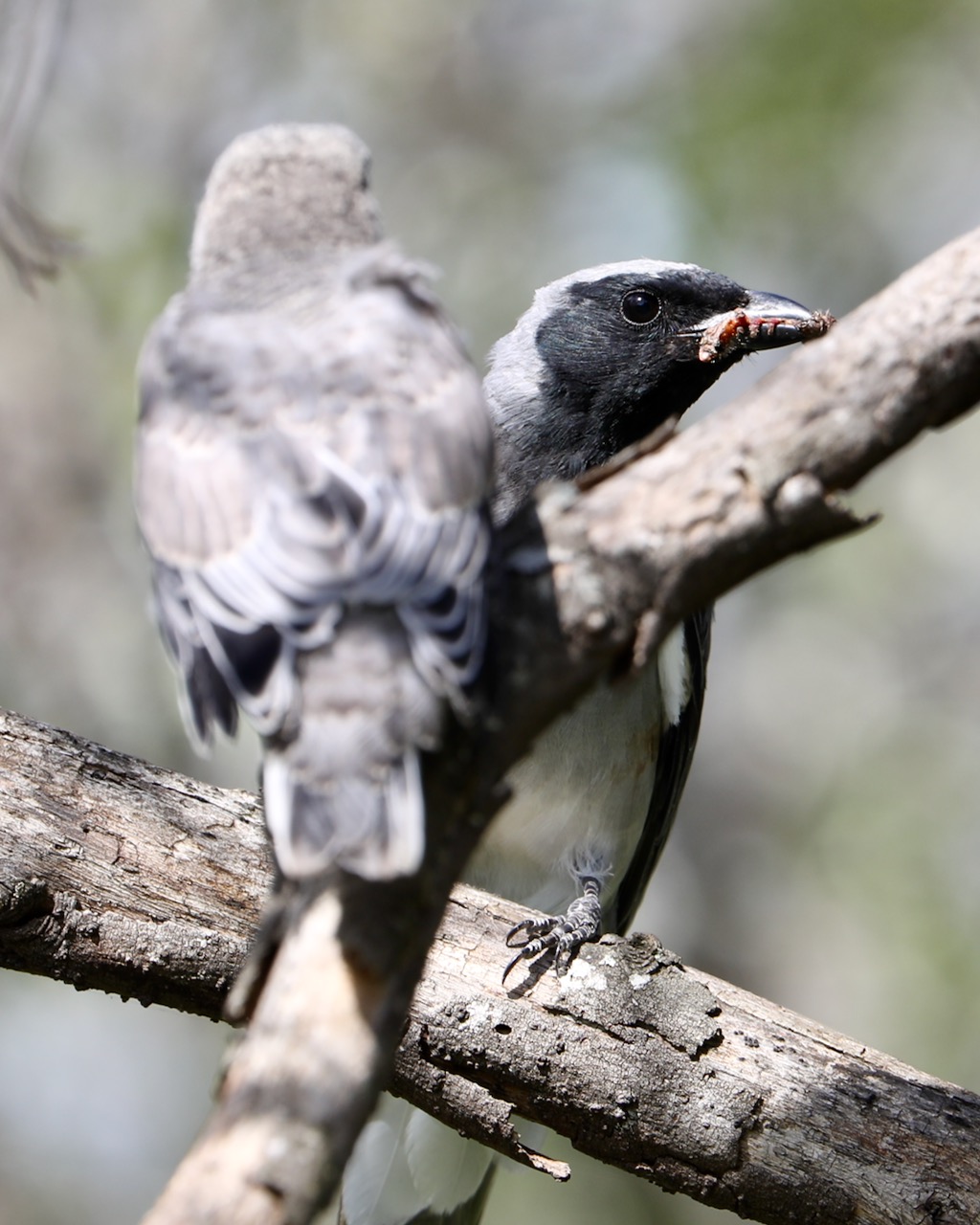On a recent Saturday morning birding walk at the Byron Wetlands I came across a parked bright orange Kubota excavator which had been used to do some vegetation clearing around water management infrastructure. (1)
To my surprise there was a Great Egret (Ardea alba) standing on the left hand rubber track of the excavator. Even though the bird was quite close, and from my experience well inside the distance within which this species would normally not tolerate human presence, it showed no sign of moving.
Please click on photos to enlarge.
I took a couple of photos and then moved a couple of paces forward and the bird then flew up to a hydraulic hose on the excavator arm.
The bird perched on the hose for a few minutes before dropping down to the ground beside the excavator.
After a minute or two on the ground by the machine the bird then flew up to the roof.
I observed the Egret on the roof for over ten minutes. While it was on the roof an Intermediate Egret (Egretta intermedia) flew in quite close over the Great Egret to land nearby on the mown grass of a lagoon bank. (2) The Intermediate had not noticed me at first, I suspect because it was focused on the Great. However when it did notice me its head feathers were erected in alarm and then it ejected an impressive stream of white liquid.
The Intermediate soon flew off to the adjacent lagoon where it commenced foraging. The Great remained on the roof of the excavator so I decided I would see how close I could get before the bird flew. I moved to about 10 metres from the bird before it flew, however when it did fly it did tight circuits around me and the excavator with hoarse croaks of displeasure, landing on the roof couple of times and then eventually on the nearby lagoon bank before flying 100 metres or so to a dead tree in the lagoon.
By this time I had observed the Great Egret for just over 20 minutes. The bird clearly showed it did not want to leave the excavator in spite of my close presence which was well within the bird’s normal FID (flight initiation distance). I was left wondering what it was that attracted the bird. My only explanation is the bird had been attracted to its reflection in the excavator cabin plastic screens which are highly reflective.
I did not see the bird pecking at the screens as many male birds do when they see their own reflection and take it to be a competing male in their territory. This is often seen during the breeding season. I have seen birds attacking car external rear view mirrors and house windows. The attacks can in the case of house windows go on for many days. Species I have seen doing this include Superb Fairy-wrens, White-browed Scrubwrens, Willie Wagtails, Magpie-larks, Rufous Whistlers and others. So I do not think the Great Egret was responding as it might to another male competitor and I’m thinking it may have seen its reflection as a potential mate.
Great Egrets must see their own reflection a lot as they stalk prey in still water. In this case the reflection was in the vertical surface of the excavator windows and not the usual horizontal surface of water. Perhaps the novelty of a vertical surface led the Egret to see its reflection differently.
I had a close look in and around the machine to see if there was any food item or other attraction for the Egret but could find nothing to explain the attraction.
As I ended my walk about an hour later I noticed I had a distant view of the excavator so checked with my binoculars and there was the Egret, still on the excavator roof.
Note 1: The formal title for the Byron Wetlands is the Byron Bay Integrated Water Management Reserve which is run by the Byron Shire Council. Access is provided only by obtaining an electronic gate key.
Note 2: Identification of Great and Intermediate Egrets in the field can be tricky at times. While the two species are quite different with respect to size they do look very similar and their hunting styles can be similar. One way to separate the two species is via their gapes which in the case of the Great E extends to behind the eye whereas the Intermediate’s gape stops short of the back of the eye. The following two photos of the subject egrets show this potential ID feature.




























































